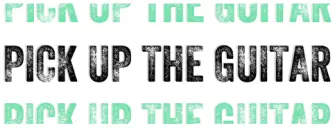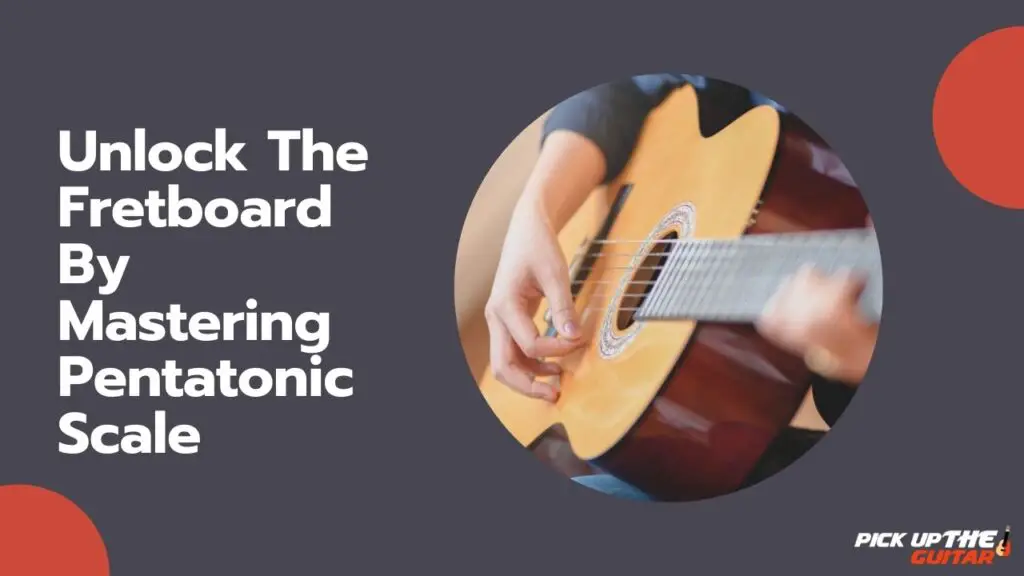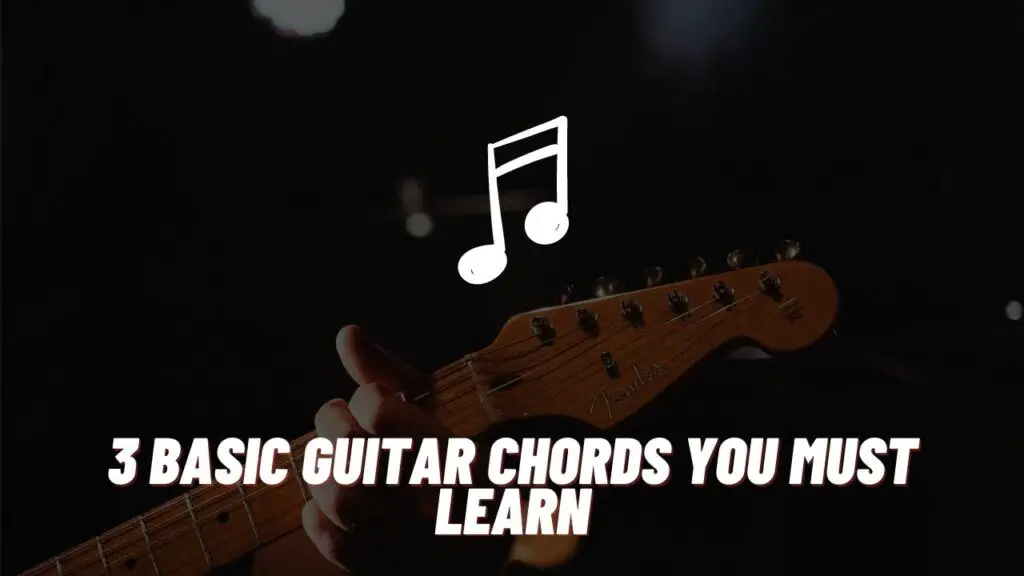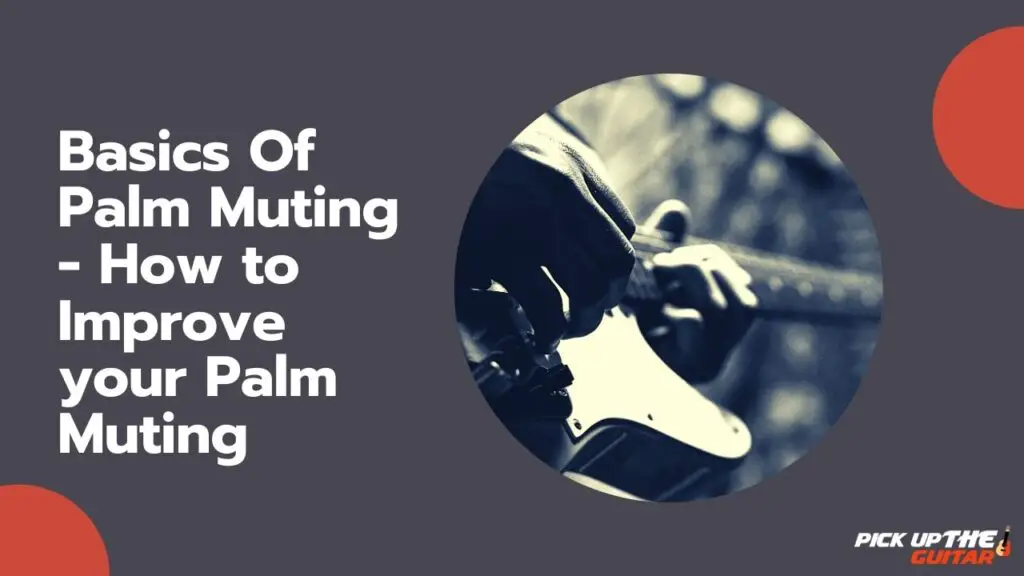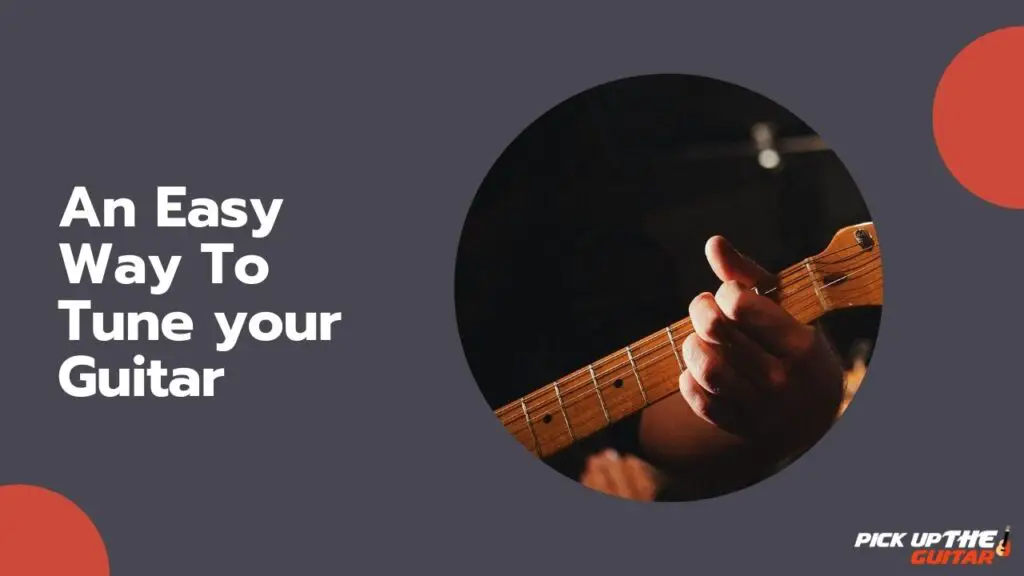What is a Power Chord?
A power chord is a type of guitar chord that has only two notes in it i.e, the root note and its fifth note but sometimes the 8th note ( octave ) is added. These chords are also called the 5th chords as it consist of first and fifth interval of a major scale.
Power chords are very easy to play as it requires only two fingers to hold them ( sometimes three ). The great thing is, with power chords all you have to learn is just one shape and move it around the fretboard to change the key.
The music genres that use power chords the most are rock, punk, grunge and heavy metal. Even the new country players have adapted these chords.
How to Play Power Chords?
There are two versions of a power chord. The first one requires two fingers to hold and the second one requires three fingers.
So, in the key of C, here’s how to play both the versions.
First Version

To play the first version of the C power chord, you have to place your index finger on the third fret of the A string and the ring finger on the fifth fret of the D string.
Now when you strum both the notes at the same time, that will be called a C power chord.
Now, let’s look at its second version.
Second Version
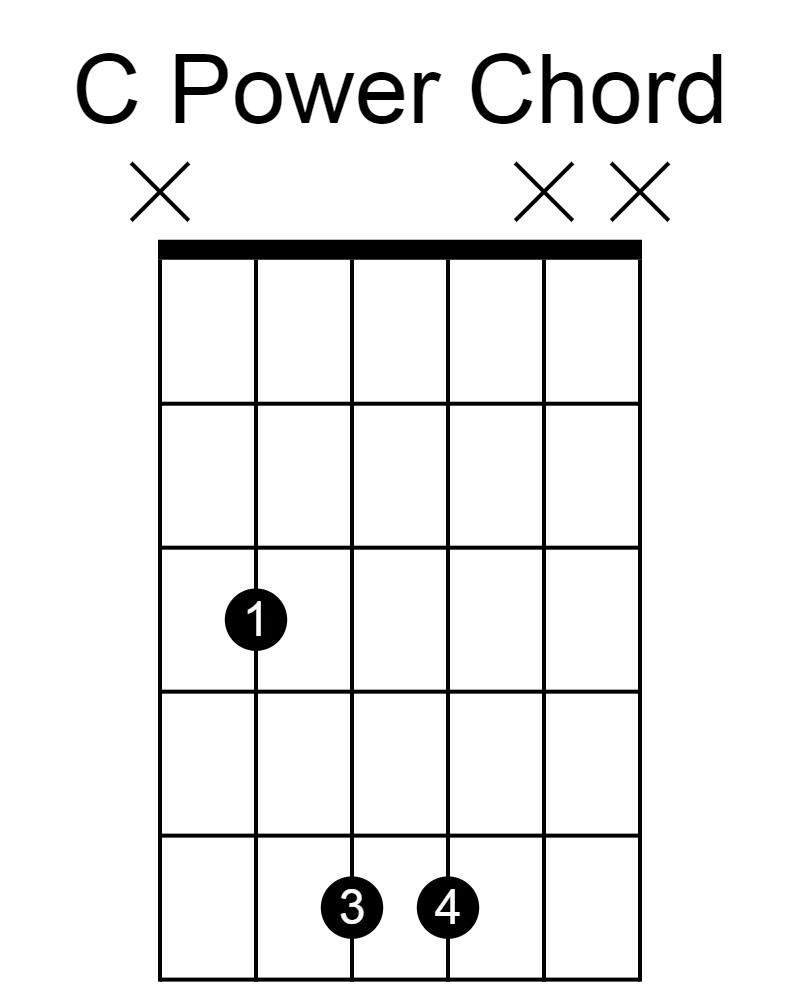
To play the second version, place your index finger on the third fret of the A string, the ring finger on the fifth fret of the D string, and little finger on the fifth fret of the G string.
Here the added note is the 8th note or first octave of the root.
If you ask me then I like the second version because it sounds fuller and thicker. You can use them both according to your needs.
Now to change the key to D, move the same shape one step up the fretboard and it will be a D power chord and so on.
Now that you know the shape and the theory behind it, start experimenting with different strings. Remember, the note where your index finger is in is the root note, you just have to add its fifth note to form a power chord.
Can I strum power chords?
You can strum the power chords just like the regular chords but make sure to only strum the pressed notes while keeping other strings muted. If you are new to power chords then it can take a while but with practice, you will start feeling more comfortable muting it.
How to practice Power Chords?
Practicing these chords is easy compared to the regular chords because you don’t have to remember different finger positions for different power chords. Here is a simple yet powerful exercise that you can practice.
The chords used in this exercise are C, G, A and F. Here is the diagram for these power chords.

Start by holding the C power chord and down strum eight times on it. Then, in the flow shift to G power chord and down strum eight times. Again in the flow shift to A power chord and strum eight times. Finally, shift to F power chord and down strum eight times.
Here you have played a full progression of four chords. Repeat playing this progression until you get a good hold of it. Make sure to use a metronome or a drumbeat to be on time while playing.
After you are comfortable with down strums, experiment with different strumming patterns and a different chord progression. As you practice this exercise for some days you will see a huge improvement in your playing and chord changing ability.
Besides this, one of the best ways to practice power chords is to learn as many songs as possible that have power chords in them.
Are Power Chords and Barre Chords the same?
They may sound the same but they are different in many ways. Some of the differences are:
- Barre chords require all five fingers to hold while power chords require only three fingers.
- Barre chords sounds full and colorful while the power chords sounds raw and don’t have much tone and variations.
- Barre chords are extremely hard to play as a beginner on the other hand power chords are extremely easy to hold and play.
- Power chords have a sense of power while the barre chords have a sense of flavor.
In many ways they are different and serve a different purpose in guitar music.
